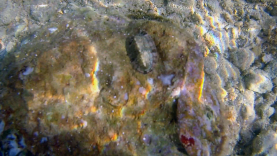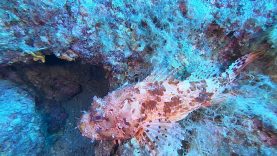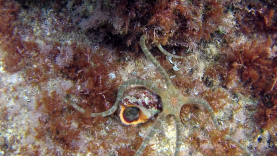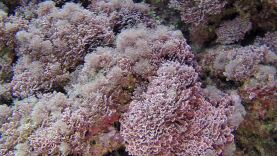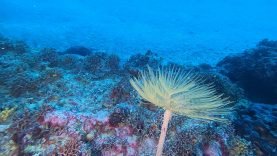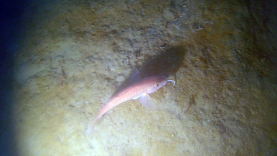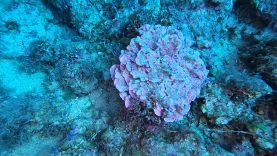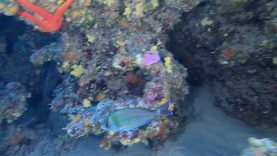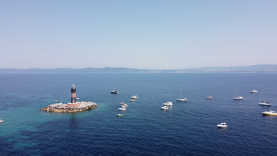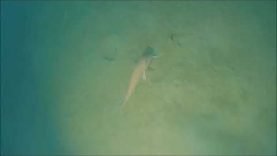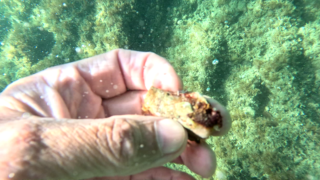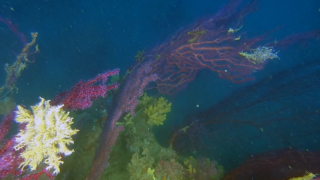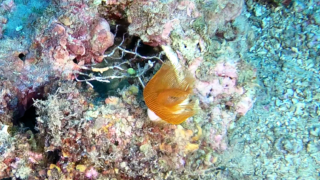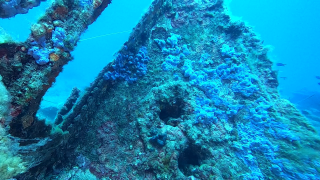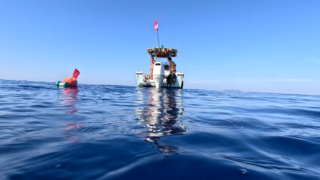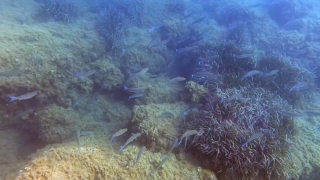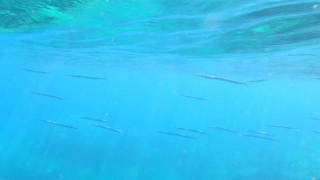Red Mullet
The Mullus barbatus barbatus or Mullus barbatus (Linnaeus, 1758), is a marine bone fish belonging to the Famiglis Mullidae. The red mullet can grow to a standard length of 30 cm., but a more common length is about half that. The body is somewhat laterally compressed. The snout is short and steep and there are no spines on the operculum. The upper jaw is toothless, but there are teeth on the roof of the mouth and on the lower jaw. A pair of moderately long barbels on the chin do not exceed the pectoral fins in length. The first dorsal fin has eight spines (the first one tiny) and the second dorsal fin has one spine and eight soft rays. This fish is rose-pink, without distinctive markings on its fins. triglia di fango
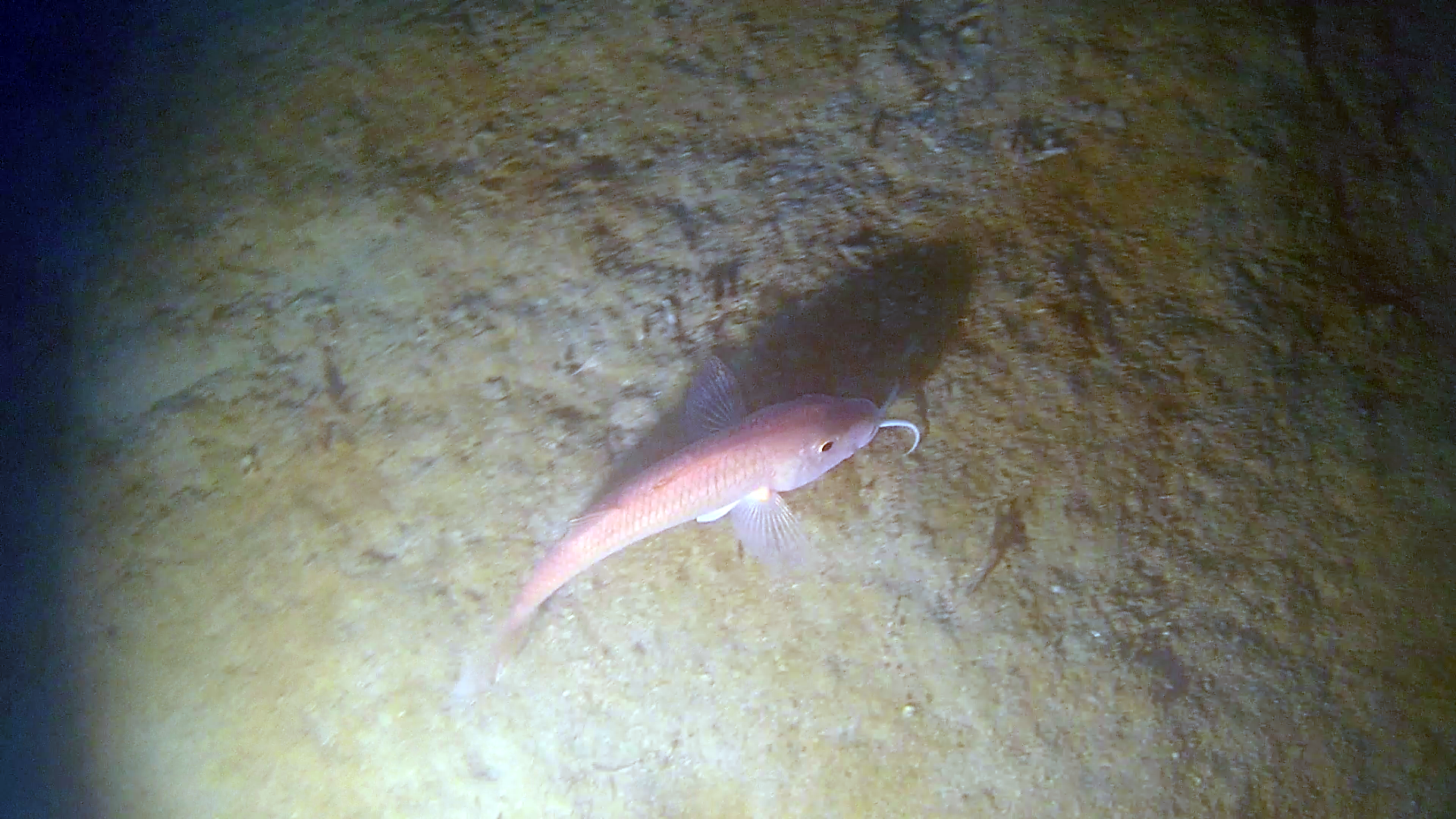
The red mullet is carnivorous, the diet consisting mainly of polychaete worms, bivalve molluscs and crustaceans. The barbels are sensory organs and are used to help locate prey. Reprodution takes place in the spring and summer, with spawning occurring in April and May in the Mediterranean Sea, at depths between 60 and 70 m. The larvae soon move to shallower depths and are pelagic, as are the juveniles at first. At a length of about 5 cm. the juveniles move to the coast and become demersal, often congregating in estuaries, and sometimes swimming a short distance upstream. Later they disperse to muddy, sandy or gravelly substrates, becoming sexually mature at a length of 10 to 14 cm. during their first year of life.

The flesh of the red mullet is much esteemed and it is the target of fisheries, especially in the Mediterranean Sea and northeastern and central eastern Atlantic Ocean. It is mainly caught by trawling, but also with trammel nets, gill nets. In the Mediterranean there are signs of overfishing, and many of the fish caught are shorter than 15 cm. in total length, and being under two years old, are not yet sexually mature. For conservation of the species in the Mediterranean, the breeding grounds and nursery areas need to be protected.

It is also heavily fished off the coast of northwestern Africa. Here the fish are caught by local artisan fishermen as well as by foreign industrial fleets; they may be the targeted species or may be bycatch in hake, cephalopod, or shrimp fisheries. There is also thought to be overfishing in the Black Sea. The fish is currently listed by the International Union for Conservation of Nature as being of “least concern” because it has a wide range, occurs at depths down to 300 m. and is expanding its range northwards.
(extract from Wikipedia)

